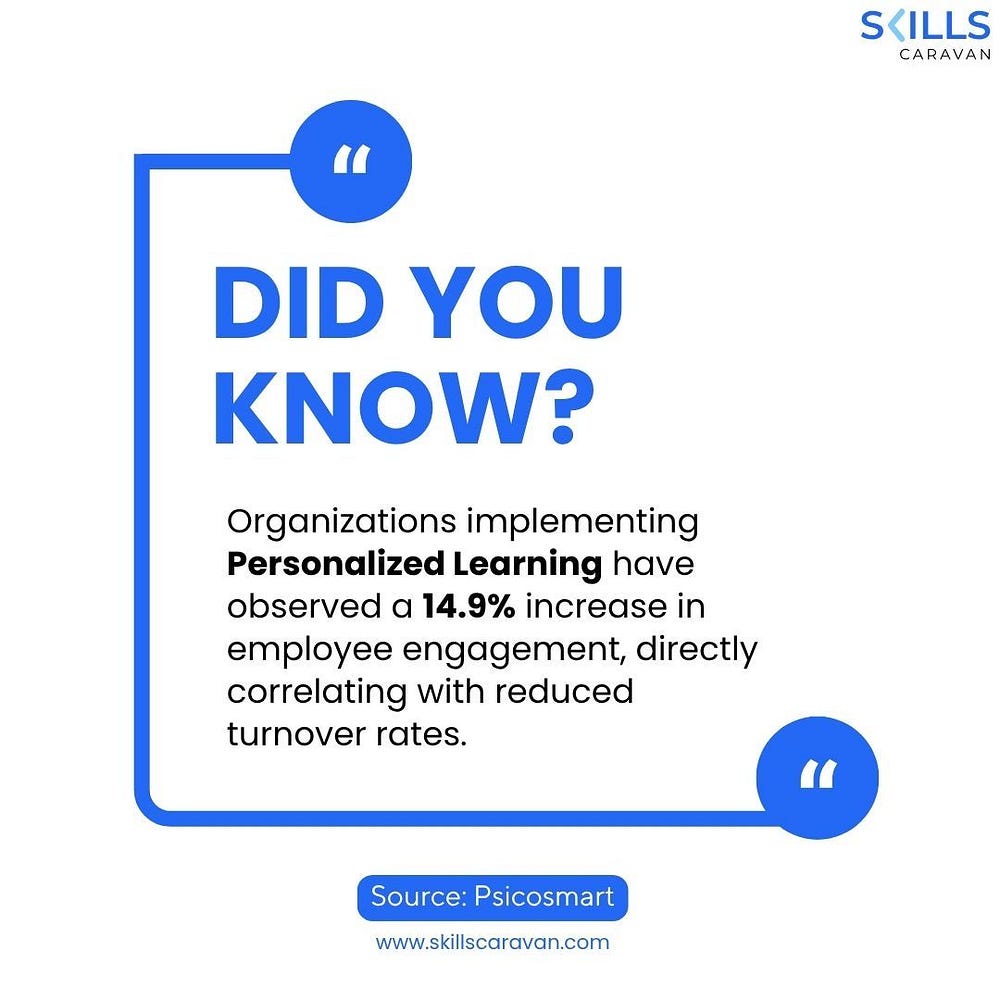How to Use AI to Build Leadership Competency Frameworks?
In today’s fast-changing business environment, organizations need leaders who can adapt, inspire, and drive growth. To systematically identify and nurture such talent, companies rely on competency frameworks. But as workplace dynamics evolve, traditional methods of developing these frameworks often fall short. This is where Artificial Intelligence (AI) steps in — bringing data-driven precision, speed, and scalability to building robust leadership competency frameworks.
In this article, we’ll explore what competency frameworks are, why they matter for leadership development, and how AI can revolutionize the way these frameworks are created and refined.

What Are Competency Frameworks?
Competency frameworks are structured models that define the specific skills, behaviors, and knowledge leaders need to perform effectively in their roles. For leadership, these might include competencies like strategic thinking, emotional intelligence, decision-making, and change management.
By providing clarity on what success looks like, competency frameworks serve as a blueprint for hiring, training, succession planning, and performance evaluations. They align individual growth with organizational goals, ensuring leaders have the right capabilities to guide their teams.
Challenges with Traditional Competency Frameworks
While competency frameworks are powerful tools, building them manually can be complex and time-consuming:
- Bias and subjectivity: Frameworks often reflect the views of a few HR leaders or consultants, leading to blind spots.
- Static nature: Once developed, frameworks may not adapt quickly to evolving business needs.
- Data limitations: Traditional methods rely heavily on surveys and interviews, which might not capture real-time changes in skills demand.
These challenges highlight why many organizations are exploring AI to make their competency frameworks smarter and more dynamic.
How AI Can Transform Leadership Competency Frameworks
AI offers several ways to modernize how organizations design and maintain their leadership competency frameworks:
1️⃣ Data-Driven Competency Identification
AI can analyze large datasets — like employee performance data, 360-degree feedback, and even text from job descriptions — to identify which competencies are linked to high performance in leadership roles. This ensures that the competencies in the framework are grounded in actual business outcomes rather than assumptions.
For example, AI tools can uncover hidden patterns, showing that successful team leads in your company share a strength in conflict resolution — a competency that might not have been obvious during manual framework creation.
2️⃣ Real-Time Updates and Adaptability
Business strategies and market conditions change rapidly. AI-powered systems can continuously analyze new data, suggesting updates to your competency frameworks to keep them relevant. This adaptive approach ensures leadership development efforts align with current and future organizational needs.
Instead of a static document reviewed once every few years, your competency frameworks become living tools that evolve with the business.
3️⃣ Natural Language Processing (NLP) for Framework Development
NLP tools can process large volumes of text — industry reports, leadership books, employee feedback — and extract common themes and competencies. This makes it faster to create comprehensive leadership competency frameworks based on industry best practices and internal knowledge.
For instance, NLP could reveal emerging competencies like digital fluency or cross-cultural collaboration, helping your framework stay ahead of the curve.
4️⃣ Benchmarking Against Industry Standards
AI can help organizations benchmark their leadership competency frameworks against industry standards and competitors. This ensures your framework isn’t built in isolation and meets or exceeds market expectations, supporting talent competitiveness.
5️⃣ Personalization and Skill Gap Analysis
AI can personalize leadership competency frameworks to fit different roles or levels within the organization. By analyzing skill assessments and performance data, AI identifies gaps between current competencies and desired competencies, allowing tailored development plans for each leader.
This makes your competency frameworks actionable rather than just aspirational.
Steps to Use AI for Building Competency Frameworks
Here’s a practical roadmap to integrate AI into your process:
✅ Step 1: Define the leadership roles — Identify key leadership positions and what success looks like in each.
✅ Step 2: Collect data — Gather quantitative (KPIs, performance ratings) and qualitative data (feedback, interviews).
✅ Step 3: Choose AI tools — Use AI platforms for text analytics, machine learning, and benchmarking.
✅ Step 4: Generate and refine competencies — Let AI identify patterns, then validate them with HR experts and business leaders.
✅ Step 5: Pilot and iterate — Test the competency frameworks in small groups, measure impact, and refine.
✅ Step 6: Monitor and update — Use AI to continuously scan for new data, ensuring frameworks stay relevant.
Best Practices to Make the Most of AI
- Combine AI with human expertise: AI uncovers patterns, but leadership is also about context and culture. Use HR and leadership insights to interpret AI findings.
- Ensure data quality: AI is only as good as the data you feed it. Invest in reliable, unbiased data sources.
- Communicate transparently: Leaders should understand how competencies are identified and why changes are made, ensuring trust in the process.
The Future of Competency Frameworks
The next generation of competency frameworks won’t be static PDFs tucked away in HR folders. They’ll be dynamic, AI-enhanced tools embedded in talent management systems — offering real-time insights, personalized development paths, and strategic alignment.
For leadership development, this means faster identification of future-ready leaders, data-backed succession planning, and a stronger connection between individual capabilities and organizational goals.
By combining AI’s analytical power with human judgment, organizations can create competency frameworks that are both scientifically grounded and culturally relevant — driving meaningful leadership growth in a complex world.
Conclusion
AI has the potential to revolutionize the way we build leadership competency frameworks — making them data-driven, adaptive, and deeply aligned with business needs. For organizations aiming to stay competitive and future-ready, embracing AI in competency framework development isn’t just an option — it’s a strategic necessity.
By doing so, businesses can ensure their leaders are equipped with the right competencies to navigate challenges, inspire teams, and drive sustainable growth.

Comments
Post a Comment